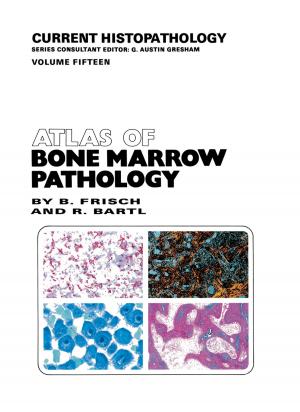Clinical efficacy of positron emission tomography
Proceedings of a workshop held in Cologne, FRG, sponsored by the Commission of the European Communities as advised by the Committee on Medical and Public Health Research
Nonfiction, Health & Well Being, Medical, Medical Science, Biochemistry, Specialties, Radiology & Nuclear Medicine| Author: | ISBN: | 9789400933453 | |
| Publisher: | Springer Netherlands | Publication: | December 6, 2012 |
| Imprint: | Springer | Language: | English |
| Author: | |
| ISBN: | 9789400933453 |
| Publisher: | Springer Netherlands |
| Publication: | December 6, 2012 |
| Imprint: | Springer |
| Language: | English |
The series of workshops sponsored by the European Communities started with "Methodology of PET" at Hammersmith Hospital, London, in March 1984. This was followed by "Radiochemistry, Methodology and Standardization in PET" at the Service Hospitalier Frederic Joliot in Orsay, France, in March 1985. Both these meetings were, in the opinion of all participants, great successes, and it was agreed that such work shops should continue and be organized on the same basis. After these two workshops on the fundamentals of PET, time now is ripe to evaluate the clinical efficacy of PET investigations, and to discuss to what extend the information provided by this high technology and theoretical area has contributed to the understanding of disease mechanisms, leading to immediate clinical applications. As pointed out in the previous meetings, PET using short-lived radioisotopes produced in an on-line cyclotron is restricted to a few centers. Therefore, the topics studied so far were mainly of scientific interest and clinical problems were dealt with only marginally. Before this costly technique can be spread and new information made accessible to a broader clinical clientele, its clinical value must be demonstrat ed. So far, in the majority of studies, the central nervous system was the primary target organ, and PET has contributed a great deal to our understanding of brain physiology and pathology. Also on the heart, a substantial number of studies have been performed in various centers, but the application of PET to this organ is still somewhat limited.
The series of workshops sponsored by the European Communities started with "Methodology of PET" at Hammersmith Hospital, London, in March 1984. This was followed by "Radiochemistry, Methodology and Standardization in PET" at the Service Hospitalier Frederic Joliot in Orsay, France, in March 1985. Both these meetings were, in the opinion of all participants, great successes, and it was agreed that such work shops should continue and be organized on the same basis. After these two workshops on the fundamentals of PET, time now is ripe to evaluate the clinical efficacy of PET investigations, and to discuss to what extend the information provided by this high technology and theoretical area has contributed to the understanding of disease mechanisms, leading to immediate clinical applications. As pointed out in the previous meetings, PET using short-lived radioisotopes produced in an on-line cyclotron is restricted to a few centers. Therefore, the topics studied so far were mainly of scientific interest and clinical problems were dealt with only marginally. Before this costly technique can be spread and new information made accessible to a broader clinical clientele, its clinical value must be demonstrat ed. So far, in the majority of studies, the central nervous system was the primary target organ, and PET has contributed a great deal to our understanding of brain physiology and pathology. Also on the heart, a substantial number of studies have been performed in various centers, but the application of PET to this organ is still somewhat limited.















